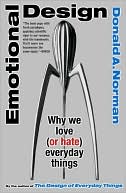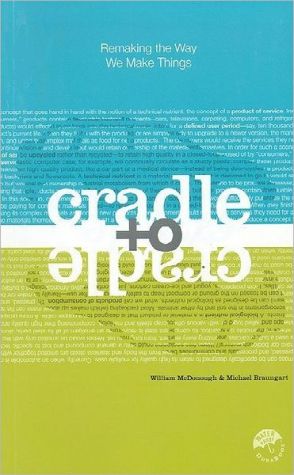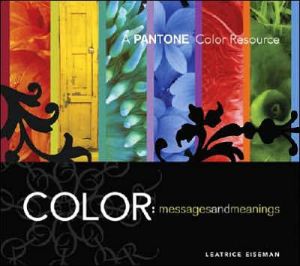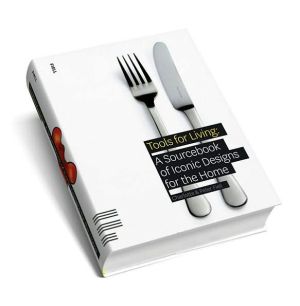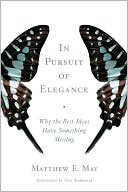Emotional Design: Why We Love (or Hate) Everyday Things
Search in google:
Did you ever wonder why cheap wine tastes better in fancy glasses? Why sales of Macintosh computers soared when Apple introduced the colorful iMac? New research on emotion and cognition has shown thatPublishers WeeklyTechno author Norman, a professor of computer science and cofounder of a consulting firm that promotes human-centered products, extends the range of his earlier work, The Design of Everyday Things, to include the role emotion plays in consumer purchases. According to Norman, human decision making is dependent on both conscious cognition and affect (conscious or subconscious emotion). This combination is why, for example, a beautiful set of old mechanical drawing instruments greatly appealed to Norman and a colleague: they evoked nostalgia (emotion), even though they both knew the tools were not practical to use (cognition). Human reaction to design exists on three levels: visceral (appearance), behavioral (how the item performs) and reflective. The reflective dimension is what the product evokes in the user in terms of self-image or individual satisfaction. Norman's analysis of the design elements in products such as automobiles, watches and computers will pique the interest of many readers, not just those in the design or technology fields. He explores how music and sound both contribute negatively or positively to the design of electronic equipment, like the ring of a cell phone or beeps ("Engineers wanted to signal that some operation had been done.... The result is that all of our equipment beeps at us"). Norman's theories about how robots (referred to here as emotional machines) will interact with humans and the important jobs they will perform are intriguing, but weigh down an already complex text. (Jan.) Copyright 2003 Reed Business Information.
Prologue: Three Teapots31Attractive Things Work Better172The Multiple Faces of Emotion and Design353Three Levels of Design: Visceral, Behavioral, and Reflective634Fun and Games995People, Places, and Things1356Emotional Machines1617The Future of Robots195Epilogue: We Are All Designers213Personal Reflections and Acknowledgments229Notes235References243Index249
